|
When Celebrated –
The festival is celebrated on 14th of January, all over the country with festive fervour. Why Celebrated - Significance
How & Where Celebrated
0 Comments
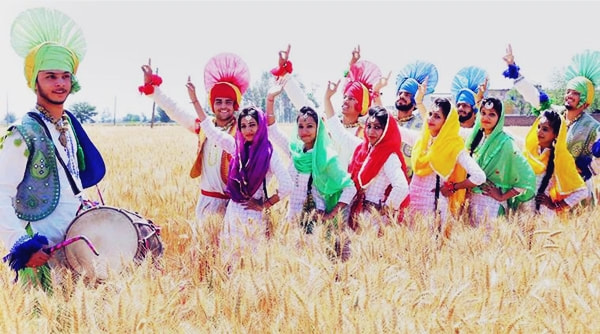 Baisakhi – Festival of harvest When Celebrated – It is celebrated on first day of Vaisakh, second month of Hindu calendar (on 13 or 14 April), also known as Mesha Sankranti. Why Celebrated - Significance
How & Where Celebrated When Celebrated –
It is celebrated on the first day of the Chaitra month of Hindu calendar and mark the beginning of the New Year. (March or April) Why Celebrated - Significance
How & Where Celebrated
References: https://en.wikipedia.org/wiki/Gudi_Padwa When Celebrated
Ram Navami is celebrated on the ninth day of the Chaitra (March–April) of Hindu month. This coincides with Vasantha Navratri. Why Celebrated - Significance
How & Where Celebrated
Celebrated since when Shree Rama is stated to have lived in the Treta yuga that their authors estimate existed before about 5,000 BCE. References:
What is this festival about?
When is it celebrated? Like the name says, this festival is celebrated on 5th day (aka Panchami) of Spring (aka Vasant). Based on lunar calendar, this is celebrated on 5th day of Magh month. This typically comes in the month of January or February. Why do we celebrate it (the story behind it)? The reason comes directly from the fact that this is the beginning of spring season. As for worshiping goddess Saraswati, this day is considered to be her birthday. How do we celebrate?
Celebration Significance (Why) Raksha bandhan (aka Rakhi festival) is the fun festival that celebrates the love between sisters and brothers. Putting it in terms of western philosophy, this will be the ‘Sister’s Day’ and ‘Brother’s Day’ of Hindu religion. Hindu scriptures such as Bhagavata Puran, Vishnu Puran, Bhavishya Puran etc have the mention of celebrating Raksha Bandhan since time immemorial. In Mahabharata, Draupati tied cloth (by tearing her saree) to cover a wound of Sri Krishna. Sisters pray to brothers that in the time of need, you protect me from problems like Sri Krishna rescued Draupati from Dushasan, who brought her in rajsabha (court) and tried to remove her saree. Celebrated on (When) Rakhsa Bandhan (aka Rakhi festival) is celebrated on Puranmasi i.e. full moon of Shravan month of Hindu calendar. Shravan month is fifth month of Hindu Calendar, which usually comes in August. Celebration Practice (How) On the day of Raksha Bandhan, sisters visits their brother’s home and collect roli(kumkum – either made from turmeric or saffron), chawal (rice), mithai (sweets) etc in a thali (plate). Thali
Celebrated on Haryali Teej festival is celebrated on tritia i.e third day in shukl paksh of Shravan month of hindu calander. (Shravan month is fifth month of Hindu calendar which comes in August) Celebration Practice Haryali Teej is primarily a festival of ladies. During shravan, greenery spreads all over due monsoon. After hot summer, the weather becomes very pleasant and brings joy and festive spirit. Ladies of all ages gather in group and enjoy the festive spirit by swinging on the swings and singing songs. They decorate hands with henna (mehandi) with beautiful designs. In Rajasthan, eastern UP and other northern states of India, gifts, sweets etc called Sindhara are sent by in-laws to their daughters. Celebration Significance |
Archives
March 2022
Categories |
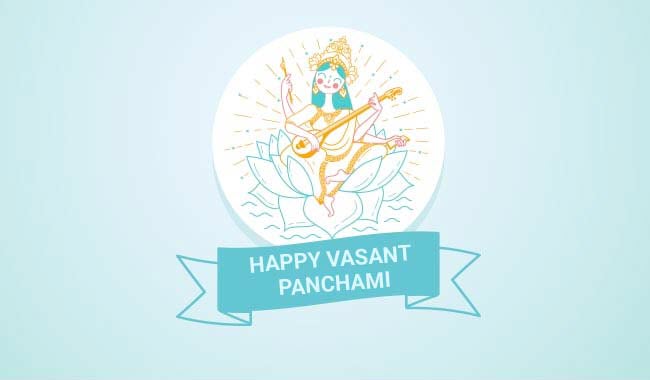
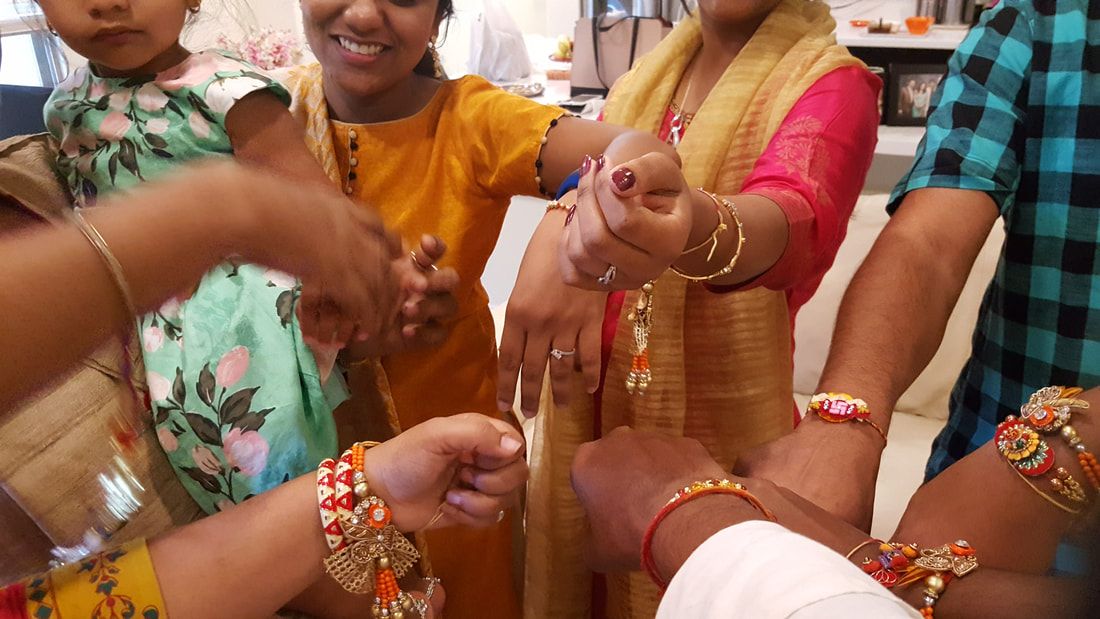
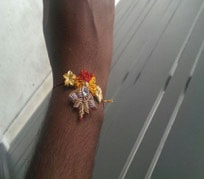
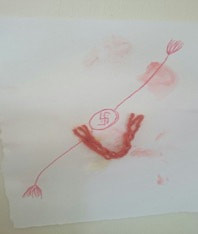
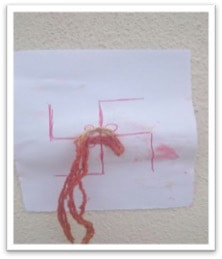

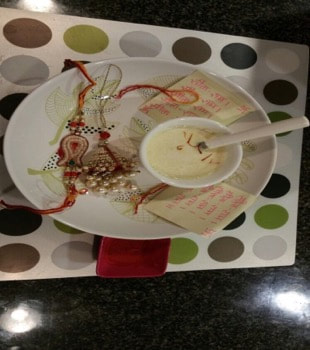
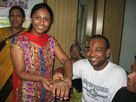
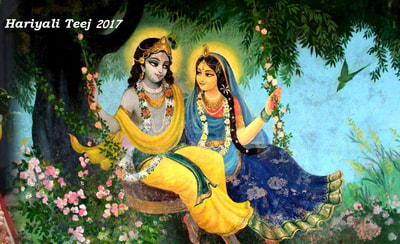
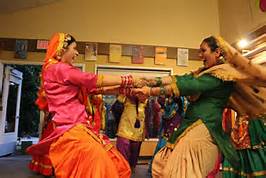
 RSS Feed
RSS Feed